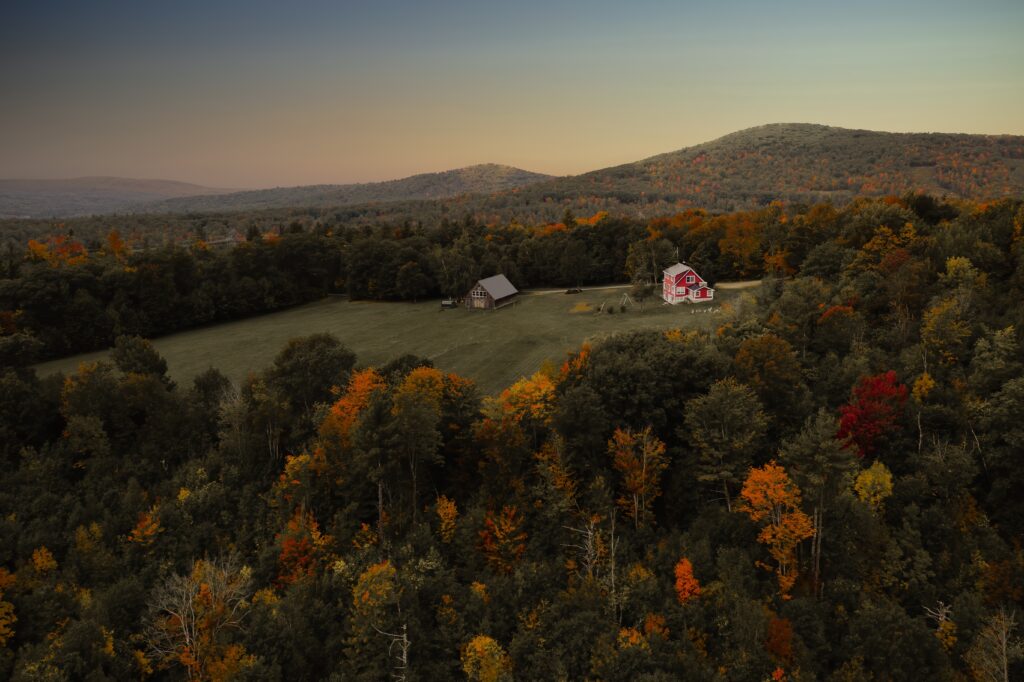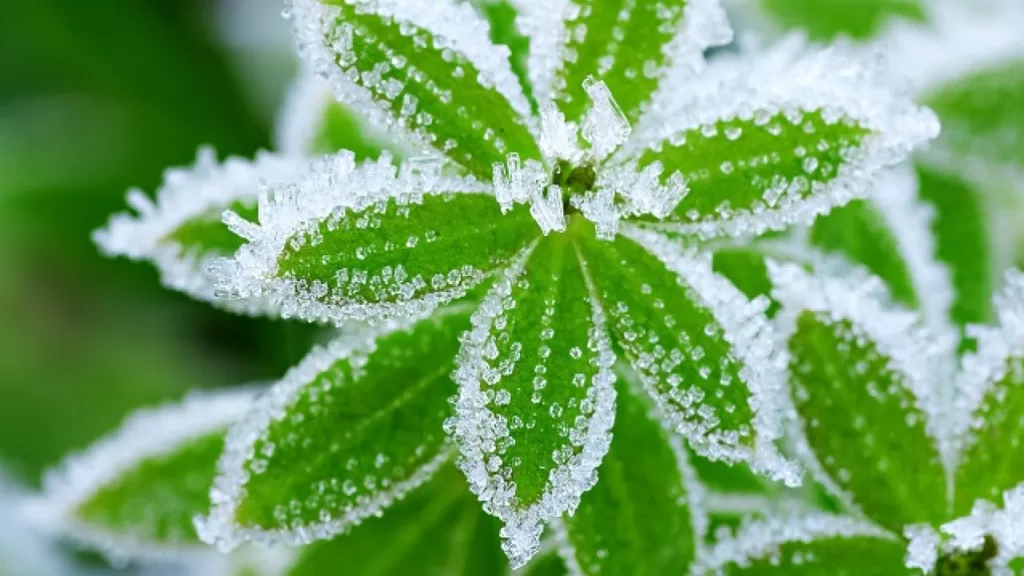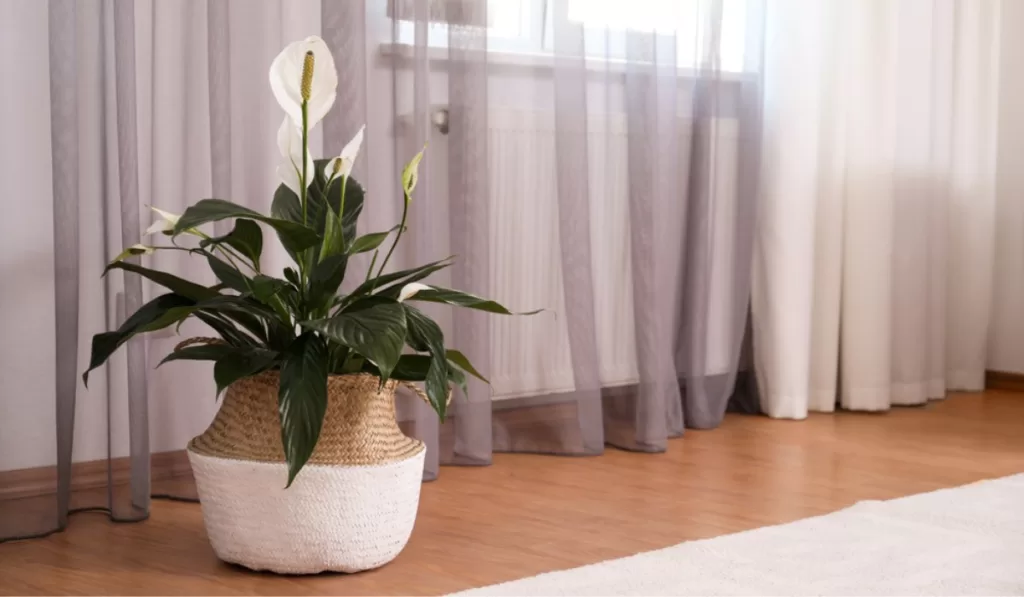How to save an overwatered bonsai
A common problem faced by bonsai enthusiasts is overwatering, which can lead to root rot and damage the health of the plant. However, with proper care and attention, an overwatered bonsai can be saved and returned to its former glory.
Table of Contents
Here are the steps you need to follow to save your overwatered bonsai:
- First, remove the bonsai from its pot and gently shake off any excess soil. This will help you inspect the roots and check for damage.
- Prune any damaged or rotting roots, as these can spread decay to the rest of the plant. This will also help to reduce the risk of future problems.
- Repot the bonsai in fresh, well-draining soil. This will help prevent further damage from overwatering and ensure that the plant has the best chance of recovery.
- Reduce the frequency of watering, and make sure that the soil has adequate time to dry out between waterings. This will help to prevent future problems and ensure that the bonsai receives the proper amount of water.
- Place the bonsai in a well-ventilated area, away from direct sunlight and heat. This will help to prevent further damage and promote healthy growth.
With these simple steps, you can help your overwatered bonsai recover and return to its former health. Remember, monitoring the bonsai’s health and adjusting the watering regimen as needed will help to ensure that it stays healthy and thrives.
To save an overwatered bonsai, you should follow these steps:
- Remove the bonsai from its pot and gently shake off any excess soil.
- Prune any damaged or rotting roots.
- Repot the bonsai in fresh, well-draining soil.
- Reduce watering frequency and ensure that the soil has adequate time to dry out between waterings.
- Place the bonsai in a well-ventilated area, away from direct sunlight and heat.
It is important to monitor the bonsai’s health and adjust the watering regimen as needed. Over time, the bonsai should recover and return to its healthy state.

Signs that an Bonsai Tree Is Overwatered
There are several signs that indicate an bonsai tree is overwatered, some of which include:
- Yellowing leaves: Overwatered bonsai trees may have yellowing leaves, which can indicate a lack of oxygen in the soil.
- Wilting: Overwatered bonsai trees may wilt, even though the soil is wet, as the roots are not able to absorb water properly.
- Root rot: Overwatered bonsai trees may develop root rot, which is characterized by dark, mushy roots that smell unpleasant.
- Slow growth: Overwatered bonsai trees may grow more slowly, or not at all, as the roots are not able to absorb water and nutrients properly.
- Mold and mildew: Overwatered bonsai trees may develop mold and mildew, which can indicate high humidity levels and poor air flow.
- Bloating: Overwatered bonsai trees may have bloated, soft, or mushy soil, which can indicate poor drainage or excess water in the soil.
It is important to monitor your bonsai tree regularly and take action if you notice any of these signs, as overwatering can cause significant damage to the roots and overall health of the tree. If you are unsure about the best course of action for your overwatered bonsai tree, it is always a good idea to consult with a bonsai expert or specialist.
Very early signs of over watering of bonsai tree
The very early signs of overwatering in a bonsai tree include:
- Soil that remains consistently moist or waterlogged: Overwatered bonsai trees will have soil that stays wet and doesn’t dry out between waterings.
- Slow or stunted growth: Overwatered bonsai trees may grow more slowly or not at all, as the roots are unable to absorb water and nutrients properly.
- Yellowing leaves: Overwatered bonsai trees may have yellowing leaves, which can indicate a lack of oxygen in the soil and stress on the tree.
- Wilting: Overwatered bonsai trees may wilt, even though the soil is wet, as the roots are not able to absorb water properly.
- Foul odor: Overwatered bonsai trees may emit a foul odor, which can indicate the presence of rotting roots.
It’s important to address the issue of overwatering as soon as possible, as it can cause significant damage to the roots and overall health of the bonsai tree. If you suspect that your bonsai tree is overwatered, it’s best to consult with a bonsai expert or specialist for guidance on how to proceed.
To revive an overwatered bonsai tree, you can follow these steps:
- Remove the tree from its pot and inspect the roots. Cut off any roots that appear to be black, mushy or rotting.
- Repot the tree into fresh, well-draining soil and a pot with adequate drainage holes. Make sure not to pack the soil too tightly, as this can lead to further water retention.
- Reduce watering frequency and make sure the soil has adequate time to dry out between waterings. It is recommended to allow the soil to dry out at least halfway down the pot between waterings.
- Provide proper ventilation for the tree by placing it in a location with good air flow.
- Place the tree in a location with bright, indirect light and avoid direct sunlight, which can further stress the tree.
It may take some time for the tree to recover, but with proper care and attention, it should eventually return to good health. Be patient and monitor the tree’s health closely, making any necessary adjustments to the watering and care regimen.

Reviving an Overwatered Bonsai Tree: A Step-by-Step Guide
Bonsai trees are delicate and require precise care and attention to thrive. Overwatering is one of the most common mistakes made by bonsai enthusiasts and can lead to root rot and damage the health of the tree. However, with the right steps, an overwatered bonsai tree can be revived and returned to its former glory.
Here is a detailed guide on how to revive an overwatered bonsai tree:
Step 1: Remove the tree from its pot and inspect the roots
- Gently remove the tree from its pot and inspect the roots. The roots should be firm, white and healthy-looking. If they appear black, mushy or rotting, it is likely that the tree has been overwatered.
Step 2: Cut off damaged roots
- Using clean, sharp scissors or pruning shears, cut off any roots that appear to be black, mushy or rotting. This will help to prevent the spread of decay to the rest of the tree and promote healthy new root growth.
Step 3: Repot the tree in fresh, well-draining soil
- Choose a pot with adequate drainage holes and fill it with fresh, well-draining soil. Make sure not to pack the soil too tightly, as this can lead to water retention and further root rot. Place the tree in the pot and gently firm the soil around it.
Step 4: Reduce watering frequency and allow the soil to dry out
- Overwatering is one of the most common causes of root rot, so it is important to reduce the frequency of watering and allow the soil to dry out between waterings. It is recommended to allow the soil to dry out at least halfway down the pot between waterings.
Step 5: Provide proper ventilation and place in bright, indirect light
- Proper ventilation is essential for the health of a bonsai tree, so make sure to place the tree in a location with good air flow. It is also important to place the tree in a location with bright, indirect light and avoid direct sunlight, which can further stress the tree.
Step 6: Monitor the tree’s health and make any necessary adjustments
- It may take some time for the tree to recover, but with proper care and attention, it should eventually return to good health. Be patient and monitor the tree’s health closely, making any necessary adjustments to the watering and care regimen.
By following these steps, you can revive an overwatered bonsai tree and help it thrive once again. Remember, bonsai trees require patience, care, and attention, so be sure to provide your tree with the right environment and care to keep it healthy and thriving.
Is it better to revive an overwatered bonsai tree or start with new bonsai tree?
It is usually better to revive an overwatered bonsai tree rather than start with a new one, as bonsai trees often have sentimental value and can take years to grow and shape into a desired form. Reviving an overwatered bonsai tree can also be a rewarding experience and allows you to learn from your mistakes and improve your bonsai care skills.
However, if the tree has extensive root damage or is beyond recovery, it may be necessary to start with a new bonsai tree. In such cases, it is important to make sure you understand the causes of overwatering and take steps to prevent it from happening again in the future.
In any case, it is always a good idea to consult with a bonsai expert or specialist if you are unsure about the best course of action for your overwatered bonsai tree.
Factors that can affect the decision of reviving an overwatered bonsai tree versus starting with a new one.
Some of the key factors include:
- Extent of root damage: If the root damage is extensive and the tree is beyond recovery, it may be necessary to start with a new bonsai tree.
- Sentimental value: Bonsai trees often have sentimental value, and some people may prefer to revive an overwatered tree rather than start with a new one.
- Availability of resources: Reviving an overwatered bonsai tree may require specialized tools, soil, and knowledge, which may not be readily available or affordable.
- Experience and skills: Reviving an overwatered bonsai tree can be a challenging task, especially for inexperienced bonsai enthusiasts. In such cases, starting with a new bonsai tree may be a better option.
- Personal preference: Ultimately, the decision of whether to revive an overwatered bonsai tree or start with a new one is a personal one and should be based on individual circumstances and priorities.
It is important to consider these factors and consult with a bonsai expert or specialist if you are unsure about the best course of action for your overwatered bonsai tree.

Does age of Bonsai affect when Reviving an Overwatered Bonsai Tree
The age of a bonsai tree can affect the decision of reviving an overwatered bonsai tree. Older bonsai trees with a more established root system may be better able to recover from overwatering, as their roots are stronger and more resilient. In contrast, younger bonsai trees with less established root systems may be more vulnerable to root damage and may be more difficult to revive.
However, the age of the bonsai tree is not the only factor that determines whether it can be revived. Other factors such as the extent of root damage, the availability of resources, and the skills and experience of the bonsai enthusiast also play a role.
In any case, it is always a good idea to consult with a bonsai expert or specialist if you are unsure about the best course of action for your overwatered bonsai tree.
Factors that can affect the recovery of an overwatered bonsai tree
- Type of tree: Different species of trees have different levels of resilience to overwatering and may recover differently. Some species are more sensitive to root rot and may be more difficult to revive.
- Soil quality: The quality of the soil used to grow the bonsai can affect its ability to recover. Soils that are too heavy or retain too much water can exacerbate the effects of overwatering and make it more difficult for the tree to recover.
- Temperature and humidity: Overwatered bonsai trees may recover more slowly in hot and humid environments, as these conditions can promote the growth of pathogens that cause root rot.
- Water quality: The quality of the water used to water the bonsai can affect its ability to recover. Water with high levels of chlorine, for example, can damage the roots and make it more difficult for the tree to recover.
- Duration of overwatering: The length of time that a bonsai tree has been overwatered can also affect its ability to recover. Trees that have been overwatered for a long period of time may be more difficult to revive.
It is important to consider these factors and consult with a bonsai expert or specialist if you are unsure about the best course of action for your overwatered bonsai tree.
other factors that can affect the recovery of an overwatered bonsai tree:
- Size of the tree: Larger bonsai trees may have more extensive root systems and may be better able to recover from overwatering. In contrast, smaller bonsai trees with less extensive root systems may be more vulnerable to root damage.
- Light exposure: Overwatered bonsai trees may recover more slowly in environments with low light levels, as this can reduce the rate of photosynthesis and slow down the recovery process.
- Air flow: Poor air flow can exacerbate the effects of overwatering and make it more difficult for the tree to recover. Bonsai trees grown in containers with poor air flow may experience root rot more readily.
- Nutrient levels: The levels of nutrients in the soil can affect the recovery of an overwatered bonsai tree. Soils with low levels of nutrients may make it more difficult for the tree to recover.
These factors, along with the ones mentioned previously, should be considered when reviving an overwatered bonsai tree. It is always a good idea to consult with a bonsai expert or specialist if you are unsure about the best course of action for your overwatered bonsai tree.






